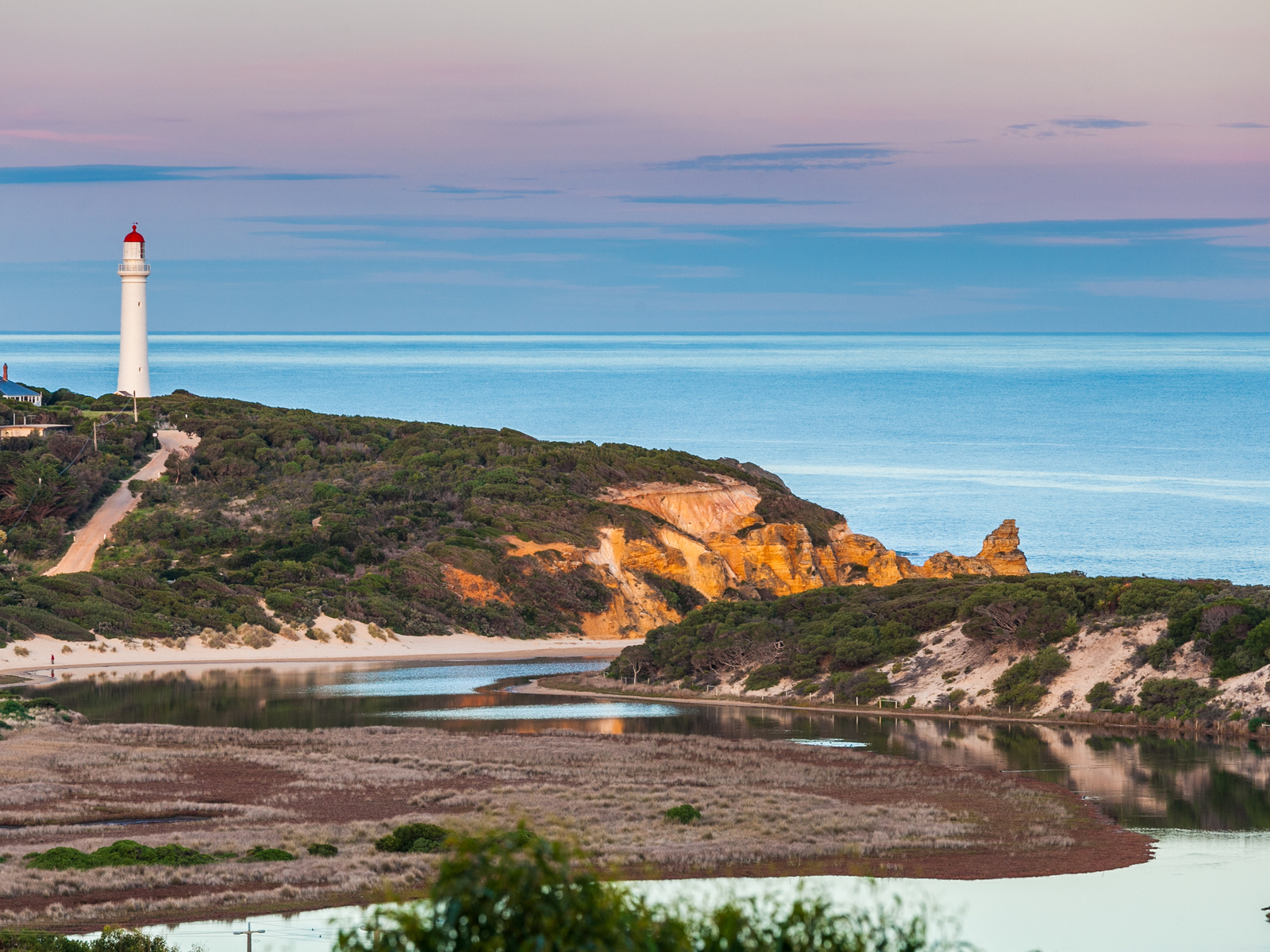Welcome to our Spring Great Ocean Report.
 There is a lot of media reporting and predictions about the state of the property market at present, so as is our usual mission in our reports, we will do our best to help you understand what’s happening.
There is a lot of media reporting and predictions about the state of the property market at present, so as is our usual mission in our reports, we will do our best to help you understand what’s happening.
Obviously, we are seeing that the Reserve Bank has a clear objective to bring inflation under control and they do this by using their only blunt instrument which is interest rates. They have indicated that in hindsight they became too accommodative by lowering interest rates too far for too long in response to COVID, which drove house prices and rents unnecessarily higher. At the same time unfortunately, the Russian war with Ukraine has strongly contributed to a spike in inflation as embargos on Russian exports created a scarcity of resources. Russia is a huge exporter of commodities such as oil and wheat. As these are highly in demand and the supply became restricted, prices rose which has fed into a rise in inflation across the world.
So how does this all affect the Australian property market? Simply it curtails the ability of some parts of the buying demographic to perform. A simple way to understand it is this. You can break down Australian households approximately into three sectors. A third own their home outright, a third own their home with a mortgage and a third rent. It’s approximate but it’s close to reality.
In what we will call a FOMO (Fear Of Missing Out) market like we saw in 2020, buyers would come from all of these sectors as they pursued their real estate goals. Buyers didn’t want to miss out because they were worried that they would be left behind and they could see that much of the herd was thinking the same way.
As interest rates rise, we typically see buyers predominantly come from one sector and that is those who do not have a mortgage. This is usually because they are often asset swapping rather than borrowing or borrowing significantly and therefore, they are less or not affected by interest rate rises. They are also generally a bit older and really don’t have the time to wait to “time the market”, they just want to get on with it as they are running out of life.
Those buyers however are not unaffected by the change in market sentiment. Which simply means they get fussier about their choices. In a FOMO market a lot of properties get bought that are not ideal for the buyers who buy them, but they will overlook shortcomings because they simply don’t want to miss out. In a market where there is less pressure on buyers to perform they will wait until the right property comes up. This might mean the right position, it might mean the right value or style. Typically, this means that properties that are incorrectly priced are unattractive or have flaws that will get overlooked or at least sit on the market until the pricing is correct, relative to the attributes of the home.
So what is going to happen from here? The RBA is predicting price falls of varying degrees and every economist and “property expert” will have an opinion. We are always wary of blanket predictions. It’s easy to remember when the CEO of CBA came out in the early stages of COVID and said that their economists were predicting house price falls of up to 30%. I think it’s fair to say they had no idea. Even the Reserve Bank are saying they misjudged what would happen. If these people, whose only job is to predict the future and get highly paid to do so can’t get it right, then who do we believe?
Our default is to watch the psychology of the herd, and this will reflect in the property markets they are interested in. In the FOMO market of 2020 most property markets in Australia were quite active because of the overarching sentiment of not missing out as prices rose. Once this overarching sentiment dissipates it comes back to the demographics of individual areas and their supply and demand equations.
This is where the Surfcoast is well placed as it is a destination where many see it as a lifestyle they wish to lead. Whether its families living permanently in Torquay or Baby Boomers living full time or part of the year in the traditional holiday towns of the Great Ocean Road, they are perceived as desirable locations. On the supply side, these towns (excluding Torquay) are quite small, so supply is very limited. Anglesea, Aireys Inlet (including Fairhaven, Moggs Creek and Eastern View) and Lorne only have approximately 7800 rateable properties in total, including commercial, and are completely landlocked by the Great Otway National Park (or the Alcoa lease in the case of Anglesea) and therefore cannot expand. We have a capital city of 5 million people not far away so the supply and demand equation is very much in our favour to weather difficult periods in the property market. Simply we are seeing enough capable buyers coming out of Melbourne to keep us busy. Yes, they are acting with less urgency, but they will definitely respond to appropriately priced opportunities. The emotional draw of the ocean never waivers, rising interest rates have just made it more difficult for some to act on that emotional goal.
We hope you found this Great Ocean Report informative, if we can be of assistance in any real estate matter, please don’t not hesitate to call.
